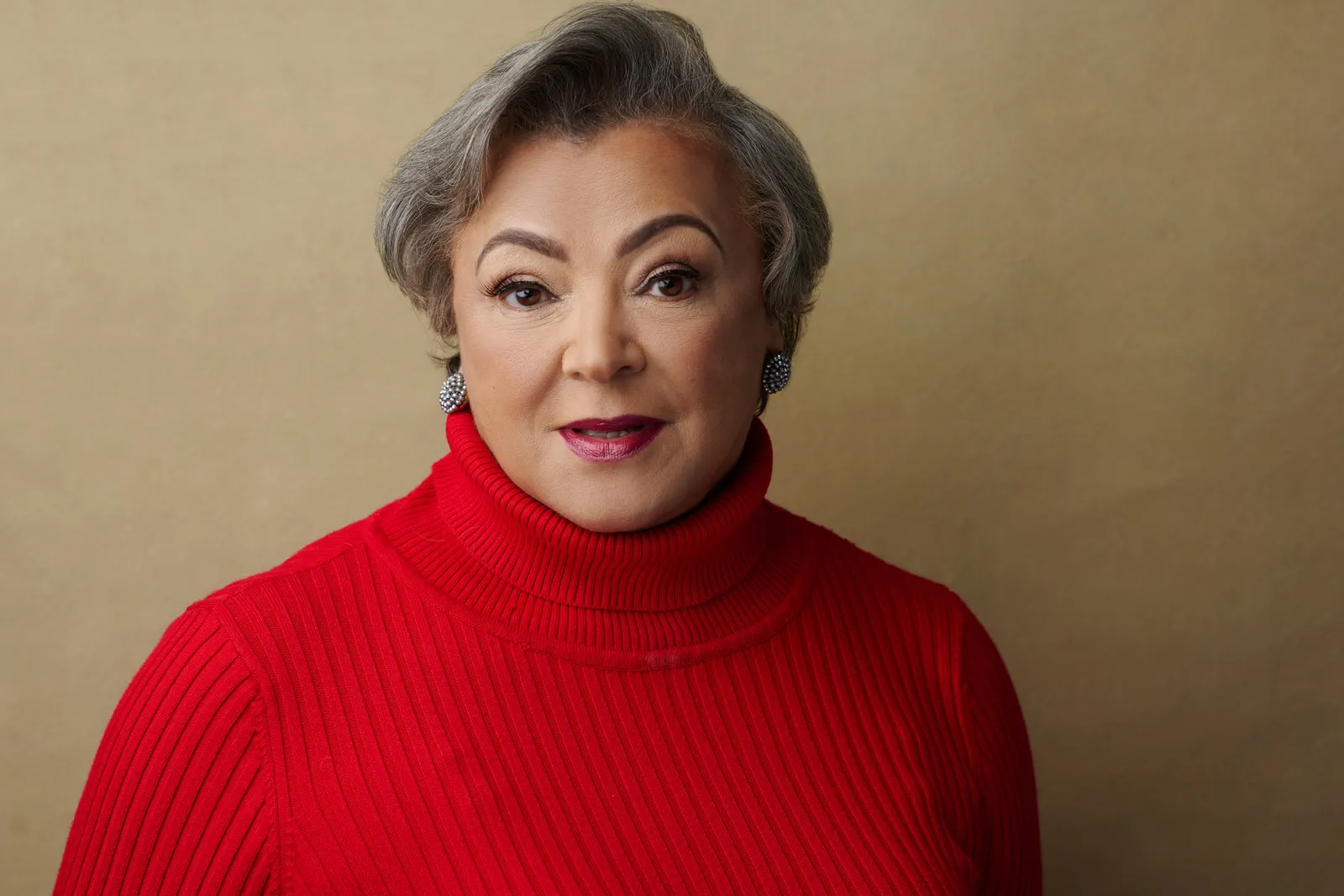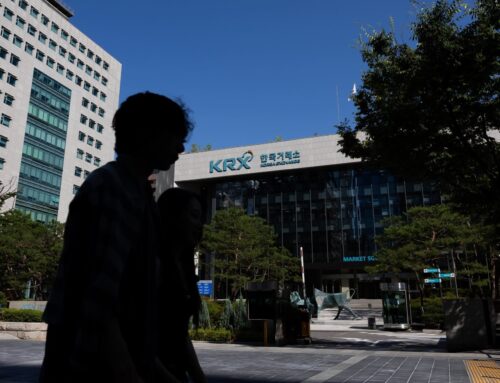How accreditors are navigating a new, anxious environment under Trump
May 29, 2025
This audio is auto-generated. Please let us know if you have feedback.
In April, President Donald Trump issued a flurry of executive orders related to higher education. One centers on the accreditation process that the federal government relies on for vetting colleges that receive billions of dollars in student aid.
Since the campaign trail, Trump has held accreditors in his sights.In 2023, he vowed to “fire the radical left accreditors that have allowed our colleges to become dominated by Marxist maniacs and lunatics.”
In his April order, the rhetoric was only slightly less heated. Trump described the organizations as having “abused their enormous authority” and failed in their roles as gatekeepers.
He particularly took issue with accreditation criteria related to diversity, equity and inclusion. His order alleged that accreditors have been “improperly focused on compelling adoption of discriminatory ideology, rather than on student outcomes.”
He also called on U.S. Education Secretary Linda McMahon to both streamline the process for the government to recognize new accreditors and strip recognition from those who “fail to meet the applicable recognition criteria or otherwise violate Federal law.”
But the order reveals a gulf between the president’s rhetoric on accreditors and how they view their own performance.
For instance, the Council for Regional Accrediting Commissions, which represents seven major accreditors, issued a flyer in April “to refute inaccurate statements” in Trump’s order and point out areas for constructive collaboration with the administration.
“False claims that accreditors allow institutions to impose ideologies or take advantage of students and taxpayers are not only offensive, but they also blatantly misrepresent the objectives of the accreditation system,” CRAC said in the flyer.
To understand what the accreditation system may look like during Trump’s second term, Higher Ed Dive spoke with two officials from the Council for Higher Education Accreditation, a group that vets and advocates for accreditors: Cynthia Jackson Hammond, president of CHEA, and Jan Friis, the organization’s senior vice president for government affairs.
The interview has been edited for length and clarity.
HIGHER ED DIVE: What are the main touch points between accreditors and the department in normal times?
JAN FRIIS: Accreditors usually deal with the same accreditation officer, so they know these people, and these individuals know them. Now, most of the department cuts were in the Federal Student Aid office. The accreditation division was not cut. Accreditors dealing with the department aren’t going to see a lot of changes. The people they deal with are going to have more to do, so we’ll learn what the changes are, but the individuals haven’t changed unless they retire.
When you look at the cuts to the Education Department, what do you see as being the main impact on your work and the work of accreditors that you work with?
CYNTHIA JACKSON HAMMOND: Anytime you lessen the pool of people able to facilitate an efficient and sometimes a sustainable process, it’s going to have an effect. The accreditation process is complex, and the more efficiency you have in that complexity, the better the outcome and the quicker the outcome.

Permission granted by CHEA
When you take away people who can provide those services, then you have to be a little concerned about whether gaps will occur or whether the process will be appropriate or better-served for institutions and accrediting organizations. We don’t know whether that will happen, but we do understand the complexity of providing for reports of a changeover in institutions.
The personnel who have to prepare those reports for accreditors and who are also seeking new ways of doing things from an innovative point of view and providing their reports and responses — how is that downsizing going to affect them?
FRIIS: The Trump administration, in the last guidance to accreditors, said that it would change how it reviewed the institution’s desire to change accreditors. The Biden administration was taking sometimes in excess of a year, and then in October said, “We’re not even going to review anybody else.”
The Trump administration came in and said, “We’re going to review it within 30 days. If we don’t accomplish that within 30 days, then you can assume that you are approved.”
We’re going to see some changes like that, where the Trump administration will remove barriers in some areas and heighten them in others. It will be different from the Biden administration. Some things we will like, some things we won’t. We just don’t know yet.
HAMMOND: We are very pleased to see the shortness of time of the 30 days.
Do you think that’s enough time for the government to review?
HAMMOND: We appreciate that compared with over a year. It will be left to see whether that 30 days is sufficient because we don’t have any past experiences to evidence it one way or the other.
FRIIS: The other point to be made about that is an institution cannot apply to change accreditors if they are under sanction by their accreditor.
What about if they’re under investigation? They don’t have to report investigations in the Reasonable Cause Request Certification to change accreditors.
FRIIS: I would say it would be irresponsible for the department not to call the current accreditor and say, “Are there any issues?”
Looking at Trump’s broader executive order on accreditation, do you expect accreditors will drop all mention of DEI and DEI criteria?
HAMMOND: Diversity, equity and inclusion platforms have never really been defined by the administration. There was just an outflow of negative comments [in the order] about diversity, equity and inclusion. That has caused a lot of concerns because, unless it is clearly defined, institutions and accreditors do not necessarily know how to respond.
Secondly, diversity, equity and inclusion in institutions really means, from a general point of view, the success of all students. It seems like the administration is focused on the words as opposed to, “What are the outcomes of being inclusive, what are the outcomes of being fair, what are the outcomes related to student success as it deals with a diversity of experiences?” Institutions and accreditors will look mostly at the outcomes.
FRIIS: The executive order is very clear that they want to turn toward student learning outcomes. We don’t know an accreditor that doesn’t focus on student learning outcomes. But if you’re going to focus on student learning outcomes, anybody who fails needs additional support, and the institution is then to provide that.
Institutions are committed to every student, and they would do whatever they need to do. Institutions are very bright. They know what they’re doing, and we support them. Institutions, state legislators, community partners — they want the best for students, and that means every student, not just those who are of a particular demographic profile.
Trump called on the education secretary to ensure institutions prioritize intellectual diversity at colleges. How might that play out in accreditation?
HAMMOND: No university hires faculty that cannot bring a level of intellectual diversity to the institution’s experience. I don’t know what the implication was because I think that universities have been doing that all the time. I’ve worked at four institutions, and I’ve never heard anyone say, “Let’s go out and hire unintelligent faculty or people who are not intellectually research-oriented.” So I really don’t know what that means.
Faculty go through a rigorous process for tenure and promotion, and if you’re not intellectually high on the scale, then you don’t remain at the institution. I’m going to take the high road and assume that this was just an affirmation of what institutions have been doing for centuries.
FRIIS: Part of the challenge with this executive order is that everything is so general in the actual words that it’s hard to know what to implement. I’m glad they want new accreditors. I’m glad they want them quickly. No accreditors are trying to stop another accreditor. It’s just an arduous process.
The language makes it hard to know what they’re going to do. Plus, they cut a lot of staff. The Biden administration tried to do a lot of things and didn’t have enough staff to do it all, so they had to terminate some of the negotiated rulemaking. The Trump administration has cut the staff in half, and now they want to do extra things. I don’t know how they’re going to accomplish it — physically. They just don’t have the people to do it.
The order mentioned removing recognition for those who don’t comply. Is there any concern that the administration will be aggressive about that the same way that they’ve been aggressive about pulling research funding and other hardball tactics that they’ve taken with institutions?
FRIIS: Tell us what they mean, and we’ll know who can comply. We don’t know yet. And they don’t have a political staff even in place yet.
HAMMOND: There’s a bit of anxiousness among accreditors and institutions and state legislators because of the uncertainty. Is it that they are intentionally being vague or general until they can work out all of the nuances of the policies that they want to implement? I can tell you, less is not more in this situation.
Search
RECENT PRESS RELEASES
Related Post




